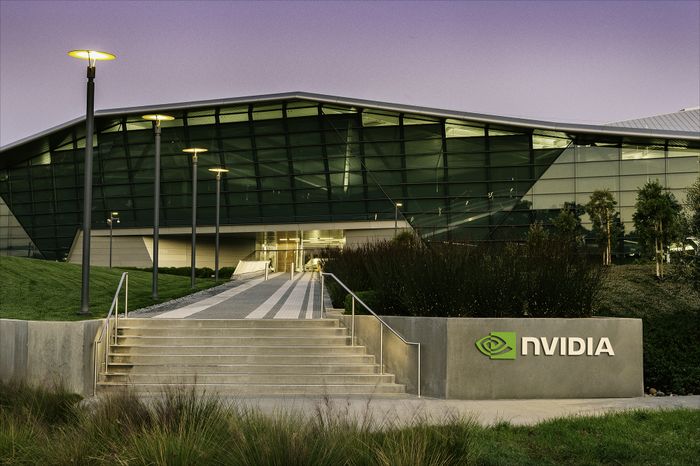
(Photo : NVIDIA)
The leading chipmaker Nvidia and SoftBank Corp have piloted the world's first AI-driven 5G telecom network, known as an AI-Radio Access Network (AI-RAN), the companies announced in a news release on Wednesday. This network, piloted using Nvidia's Grace Hopper Superchip, enables real-time concurrent handling of AI and 5G tasks marking a significant leap for telecom capabilities.
According to a news release from SoftBank, the companies have successfully created the world's first outdoor testing environment for telecom that enables baseband processing of up to 4-layer MIMO and 20 cells on a single server with a 100MHz bandwidth. This setup utilizes the Nvidia GH200 Grace Hopper Superchip.
Nvidia's high-speed computing platform supports high-frequency bands that allow for wider bandwidth per cell, making it well-suited for future 6G applications, including centimetre-wave frequencies, SoftBank stated in their joint News Release.
The AI-RAN network is designed to support applications like autonomous vehicle control, advanced robotics, and large-scale, AI-powered systems. Grace Hopper Superchip integrates both ARM-based and GPU architectures, allowing SoftBank to build a modular, software-based system capable of supporting massive data and processing needs.
This integration enables a "virtual RAN" (vRAN) on a single 1U MGX-based server, achieving record-breaking 36Gbps downlink speeds-far surpassing traditional telecom hardware. This is further supported by Nvidia's Aerial software that provides Cloud-native support which will enable telecom providers to deploy high-performance, AI-backed 5G services without specialized hardware.
These capabilities position telecom companies to offer faster, more reliable connections in dense, urban areas while futureproofing their networks for 6G, making it a significant competitive advantage. This architecture is expected to play a pivotal role in the telecom industry's move towards 6G.
The success of this AI-RAN pilot is likely to set a new standard in telecom, with SoftBank's CEO Junichi Miyakawa noting that the technology represents "next-generation social infrastructure."
Nvidia's CEO Jensen Huang said that the project's transformative potential could make Japan a leader in telecom-driven AI solutions and encouraging other telecoms worldwide to adopt similar technology.
Both companies see this model as central to the future of telecom infrastructure, with applications not only in AI-driven communications but also in consumer-focused 5G services.
Huang also said that SoftBank was the first to receive its new Blackwell chip designs, which it is incorporating into its AI supercomputer. The company is developing a super AI computer to create its own generative AI model.
The Nvidia-SoftBank collaboration marks a significant step in merging AI with telecom infrastructure, which could unlock vast new revenue streams with better performance and efficiency.









